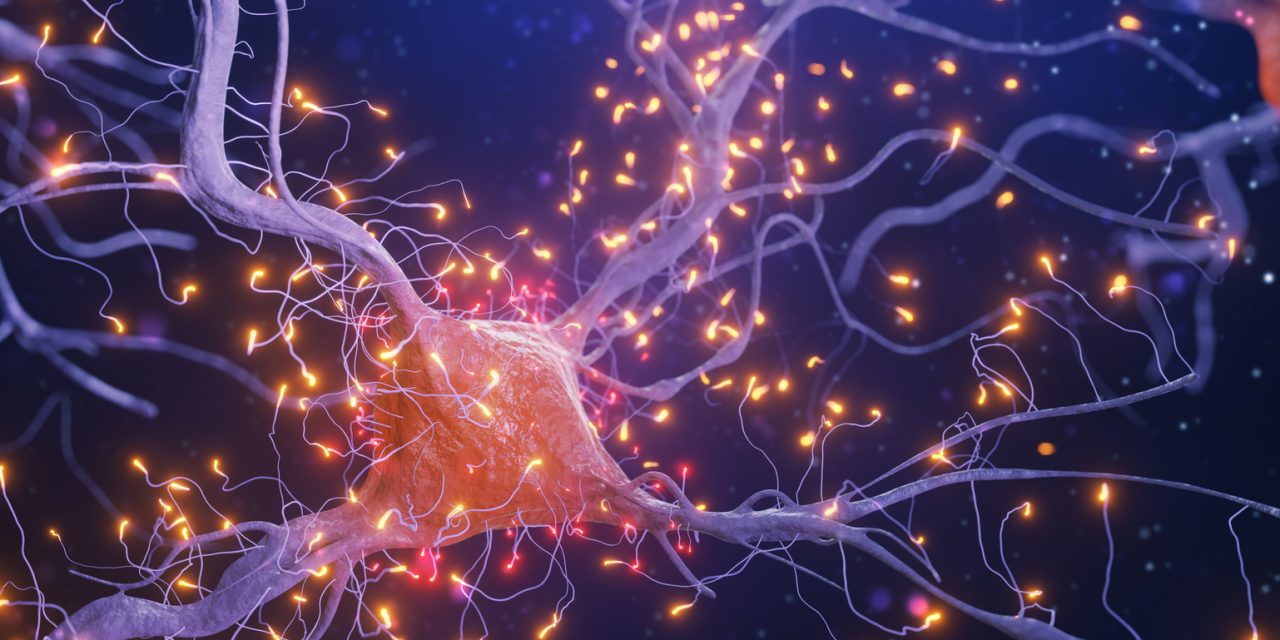The striatum is a critical forebrain structure integrating cognitive, sensory, and motor information from diverse brain regions into meaningful behavioral output. However, the transcriptional mechanisms underlying striatal development at single-cell resolution remain unknown. Using single-cell RNA sequencing (RNA-seq), we examine the cellular diversity of the early postnatal striatum and show that Foxp1, a transcription factor strongly linked to autism and intellectual disability, regulates the cellular composition, neurochemical architecture, and connectivity of the striatum in a cell-type-dependent fashion. We also identify Foxp1-regulated target genes within distinct cell types and connect these molecular changes to functional and behavioral deficits relevant to phenotypes described in patients with FOXP1 loss-of-function mutations. Using this approach, we could also examine the non-cell-autonomous effects produced by disrupting one cell type and the molecular compensation that occurs in other populations. These data reveal the cell-type-specific transcriptional mechanisms regulated by Foxp1 that underlie distinct features of striatal circuitry.Copyright © 2020 The Author(s). Published by Elsevier Inc. All rights reserved.
Single-Cell Analysis of Foxp1-Driven Mechanisms Essential for Striatal Development.


